+86 311 85258258
+86 311 85258258
Investment casting (also known as lost wax investment casting) produces parts with fine detail and excellent as-cast surface finish. Investment castings shape into internal or external features, thin walls, and internal passageways to get to a near-net shape. These features often lead to significant cost savings in material, labor, and machining compared to other metal casting processes.
In investment casting a detailed wax pattern of the finished part is created and mounted onto a wax "tree" that includes the metal delivery system (gates and risers). The tree is alternately dipped into a ceramic slurry and sprinkled with stucco material, and then allowed to dry. This process is repeated until a thick shell exists over the wax pattern.
The wax pattern is then melted, leaving a cavity within the stucco material in the shape of the pattern. Molten metal is poured into this cavity. Once the metal solidifies the shell is broken away through a shakeout process and the gating material is removed, leaving the finished part.
Investment casting is one of the oldest manufacturing processes, dating back thousands of years, in which molten metal is poured into an expendable ceramic mold. The mold is formed by using a wax pattern - a disposable piece in the shape of the desired part. The pattern is surrounded, or "invested", into ceramic slurry that hardens into the mold. Investment casting is often referred to as "lost-wax casting" because the wax pattern is melted out of the mold after it has been formed. Lox-wax processes are one-to-one (one pattern creates one part), which increases production time and costs relative to other casting processes. However, since the mold is destroyed during the process, parts with complex geometries and intricate details can be created.
Investment casting can make use of most metals, most commonly using aluminum alloys, bronze alloys, magnesium alloys, cast iron, stainless steel, and tool steel. This process is beneficial for casting metals with high melting temperatures that can not be molded in plaster or metal. Parts that are typically made by investment casting include those with complex geometry such as turbine blades or firearm components. High temperature applications are also common, which includes parts for the automotive, aircraft, and military industries.
Investment casting requires the use of a metal die, wax, ceramic slurry, furnace, molten metal, and any machines needed for sandblasting, cutting, or grinding.
The process steps include the following:
Pattern creation - The wax patterns are typically injection molded into a metal die and are formed as one piece. Cores may be used to form any internal features on the pattern. Several of these patterns are attached to a central wax gating system (sprue, runners, and risers), to form a tree-like assembly. The gating system forms the channels through which the molten metal will flow to the mold cavity.
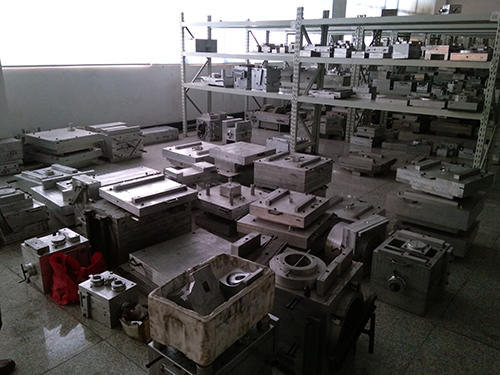
Mold creation - This "pattern tree" is dipped into a slurry of fine ceramic particles, coated with more coarse particles, and then dried to form a ceramic shell around the patterns and gating system. This process is repeated until the shell is thick enough to withstand the molten metal it will encounter. The shell is then placed into an oven and the wax is melted out leaving a hollow ceramic shell that acts as a one-piece mold, hence the name "lost wax" casting.
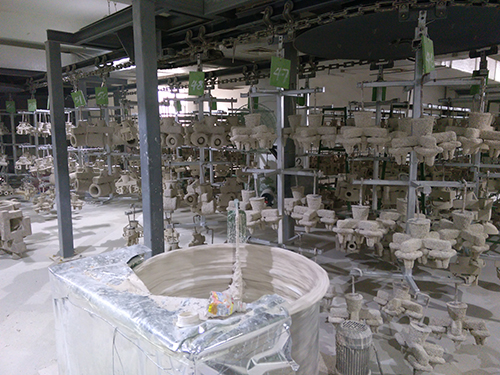
Pouring - The mold is preheated in a furnace to approximately 1000°C (1832°F) and the molten metal is poured from a ladle into the gating system of the mold, filling the mold cavity. Pouring is typically achieved manually under the force of gravity, but other methods such as vacuum or pressure are sometimes used.
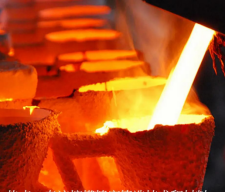
Cooling - After the mold has been filled, the molten metal is allowed to cool and solidify into the shape of the final casting. Cooling time depends on the thickness of the part, thickness of the mold, and the material used.
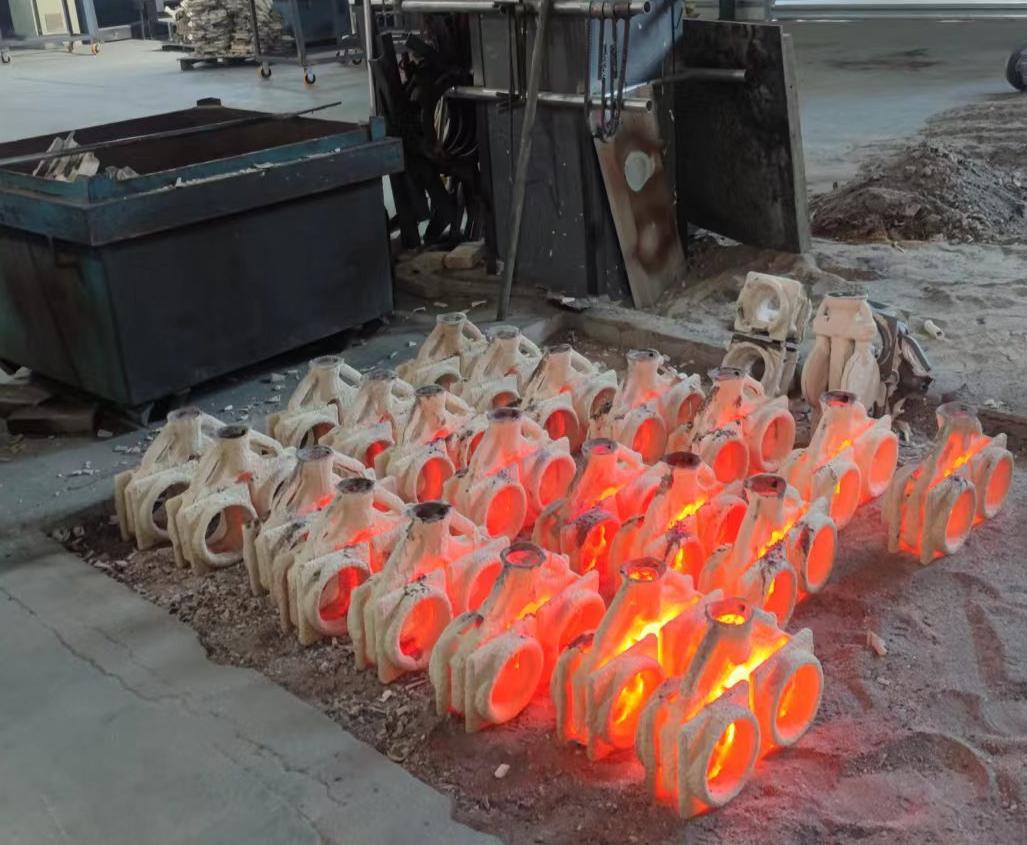
Casting removal - After the molten metal has cooled, the mold can be broken and the casting removed. The ceramic mold is typically broken using water jets, but several other methods exist. Once removed, the parts are separated from the gating system by either sawing or cold breaking (using liquid nitrogen).
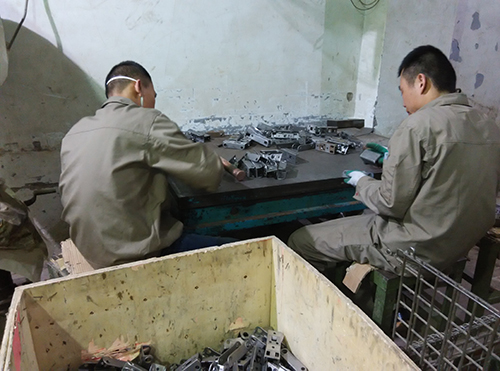
Often times, finishing operations such as grinding or sandblasting are used to smooth the part at the gates. Heat treatment is also sometimes used to harden the final part.
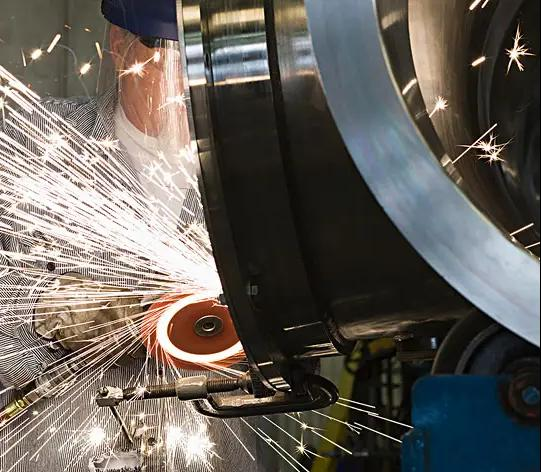
1.Great versatility; suitable for casting most metals.
2.Will allow very intricate castings to be produced.
3.Smooth surface finishes are possible with no seam line so machining and finishing are reduced or eliminated.
4.Allows un-machinable parts to be cast accurately instead.
5.Excellent dimensional accuracy
6.High volume production can be achieved with low repeat costs.
7.Can be used to prototype and prove designs prior to die casting tooling investment.
8.Is ideally suited to smaller, intricate or complex designs although we can cast up to 200kg
1.Preparation of the wax patterns and shell moulds is time consuming so can be expensive.
2.Investment casting is not well suited to very high volume manufacturing due to the cycle times.
Industrial casting was first mentioned by the monk Theophilus Presbyter around 1100 AD. However, we are pretty sure that investment casting started more than 5000 years ago. The earliest examples we have of investment casting come from ancient civilizations such as Harappa, Aztec, Mayan Mexico, the Benin civilization in Africa, Mesopotamia and ancient Egypt. In fact, molten castings have been found in the tombs of King Tutankhamun.
The first molten castings were wax molds made from clay molds and natural honeycomb or beeswax. To make them, bellows were manually operated as furnaces. In the 1800s, dentists began using investment casting to make fillings and crowns. During World War II, manufacturers began to invest in casting metal alloy parts, precision net-shape and near-net-shape manufacturing.
Today, manufacturers make molds from a variety of alloys and refractory materials and use wax molds formed from a mixture of pure and synthetic waxes. Instead of hand-held bellows, they cast them in a foundry.
For many years, Zen Young Foundry has been providing customized metal casting services for various industries and project types.
Mining & Engineering Machinery Casting Parts
If you are looking for a solution that fits your custom metal Sand casting project, Zen Young can help you produce perfect metal parts through a reliable casting process. We always welcome special material and difficult parts and would like to help our comstomers utmost.
Zen Young have capabilities to produce Cast iron,Stainless steel,Copper and Aluminum parts from start to finish. Whether you have a design ready for casting, or you need a custom casting design, we can help
We work with our customers to design patterns and molding methods for each custom casting. Original castings or ready-to-use castings can be provided. Secondary finishing operations, including powder coating, are additional options. Contact us with any questions about the casting process and also for more information on how our casting services can meet your project requirements.